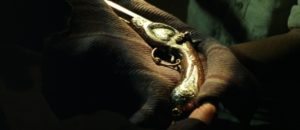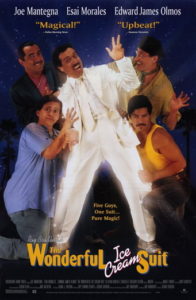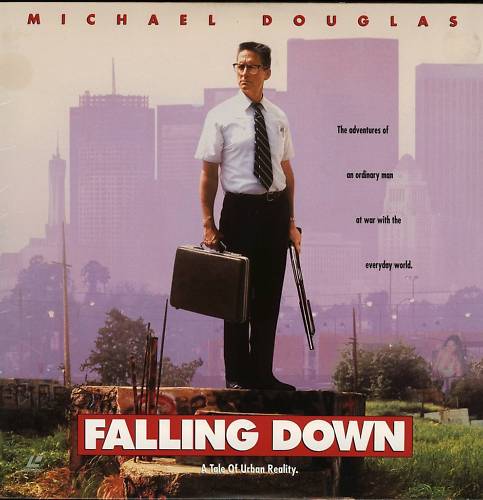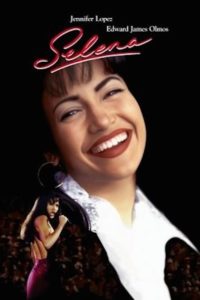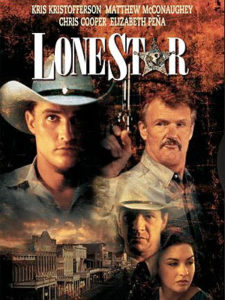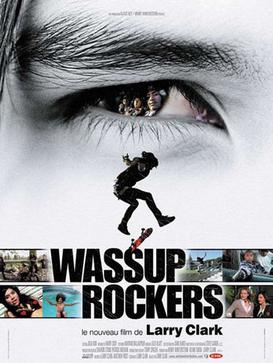
Wassup Rockers unveils both the stereotypes and the truths of growing up Latino in South Central Los Angeles.The direction and perspective of the film are very clear from the first opening scene, a guy walking down the street gets shot by a drive-by and the neighborhood goes on with their day. This opening is followed by a mom coming home in the morning after working all night as a stripper. Already in the first minute we have an introduction to the neighborhood and lifestyle of South Central.
The main characters are a group of 7 skaters who are all Latino and share the common interest of punk rock. Their story starts in South Central highlighting that for the majority these boys have no supervision because the parents work long hours. They are harassed by the other teens in the neighborhood for how they dress and the music they listen to; they do not fit the social norm of the area that revolves around hip- hop and gang activity. The story of the film is the 24 hour journey that these boys have while trying to go skate. They face multiple obstacles and tragedies because of the fact that they are Latinos. Most of the action takes place in Beverley Hills and the characters there are very exaggerated to get the point that the director is trying to make across.
The boys set off to go to a high school in Beverly Hills to skate a spot there and are pulled over before they even make it out of their neighborhood. After losing the car, they still go to Beverly Hills on the bus and are finally skating when some girls from the rich school approach them. The girls are your stereotypical rich girls, who are in revealing preppy uniforms and clearly looking for trouble. While at the school they are again approached by a cop. The Beverly Hills cop resembles a lot of the characters in Born In East L.A. because like Rudy the boys are born and raised in LA but are continuously harassed by authority figures based on racist assumptions and stereotypes. Also like in Born in East L.A. they do not go looking for trouble but because of their look trouble always finds them.
This part was my favorite seen because he immediately assumes they are all Mexicans, and one boy says “I’m Guatemalan!” and another “I’m Salvi”; they mess with the cop all giving him the same address and after a while just take off. This scene stood out to me because as exaggerated as the cops prejudice seemed to be, it was almost spot on to most cops behavior toward Latinos. It is clear in almost everyone seen that the film was made for and directed toward a Latino audience.
After the spree of bad situations continues throughout Beverly Hills they ultimately end up running away from a mansion party and one of the boys gets shot by an actor. When the Beverly Hills cops arrive they promise to keep things quiet for this rich actor and tell him not to worry because “it’s some Mexican kid”. This theme occurred throughout the film where because of where these boys come from they do not matter. This scene was very disturbing because it sinks in the reality of racism in Los Angeles; it hits home because we see it as such a diverse city yet racism still flourishes and many of us have no idea. It really makes you think about how often things like this happen and everyone just moves on; after all the parents most likely cannot afford to do otherwise. Safety, stability, and apparently justice are all systematically distributed.
At the end, the boys finally make it home early in the morning after trains and buses and losing two friends. As soon as they are back in their neighborhood they are harassed by the black guys who make fun of their tight pants and yell “wassup rockers” while shooting a gun. This ending left me feeling similarly to American Me , a discouraging feeling that the cycle will basically repeat itself and it ends as though this was just another average day. However unlike American Me, these boys try to lay low and not live the lifestyle expected of them and yet still find themselves dealing with the same barriers from society.
*Another factor that can be appreciated is the soundtrack that is filled with music from local artists: https://play.spotify.com/album/5I7EuSPZBRa9OAV5x0nwhw?play=true&utm_source=open.spotify.com&utm_medium=open

